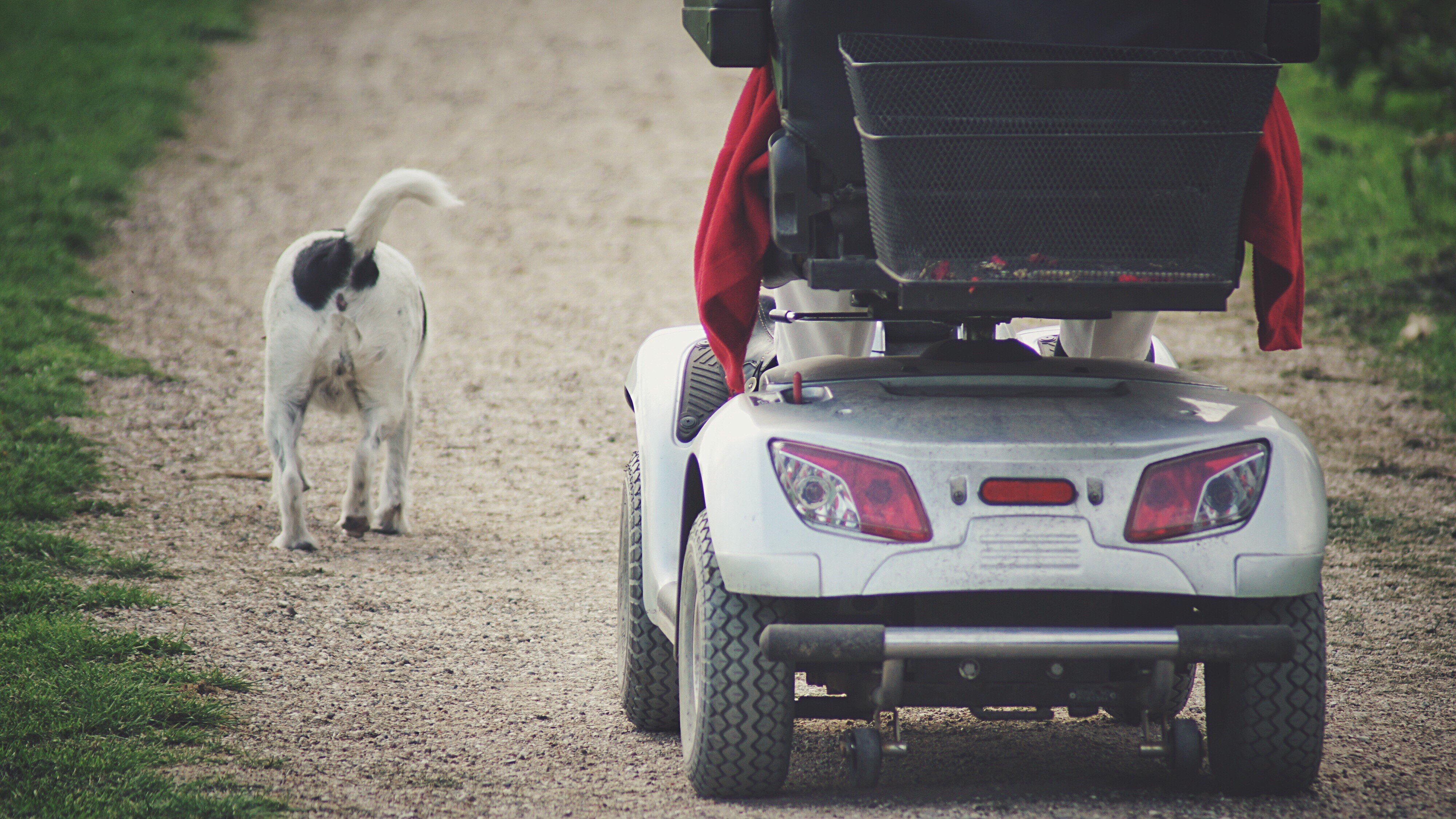7 Helpful Tricks To Making The Maximum Use Of Your Best Mobility Scooters
Mobility Scooters: A Comprehensive Guide
Mobility scooters have ended up being an essential mode of transport for many people dealing with mobility difficulties. This post explores the numerous elements of mobility scooters, including their types, advantages, functions, and a guide for potential buyers.
Understanding Mobility Scooters
Mobility scooters are electrically powered devices developed for people with minimal mobility. They provide a means of transportation for individuals who may have problem walking however still want to keep their self-reliance. They come in various styles and features to accommodate a vast array of needs.
Types of Mobility Scooters
Mobility scooters can typically be categorized into 3 main types:
Type
Description
Best For
Compact Scooters
These are small and lightweight, ideal for indoors and short journeys.
Users with limited storage area or those who take a trip often.
Mid-size Scooters
A balance in between portability and stability, ideal for both indoor and outdoor use.
Those who require to cover a variety of terrains.
Sturdy Scooters
Big and robust, created for rugged outside use and heavier individuals.
Users needing additional weight capability or going off-road.
Secret Features of Mobility Scooters
The choice of mobility scooter often depends on the features that line up with individual requirements. Here are a few of the essential features to consider:
Weight Capacity: Mobility scooters include different weight limitations. best mobility scooter uk is crucial to choose a scooter that can effectively support the user's weight.
Variety: The range a scooter can travel on a single charge varies. Depending on user requirements, one might select scooters with a variety of up to 40 miles.
Speed: Most mobility scooters can reach speeds in between 4 to 8 miles per hour. Consider what speed is comfortable and safe for the designated environment.
Turning Radius: A compact turning radius is important for indoor usage, permitting easier navigation in tight areas.
Battery Type: The type of batteries used can affect the scooter's efficiency. Lead-acid and lithium-ion batteries are the most common.
Benefits of Using Mobility Scooters
The advantages of mobility scooters extend beyond just transportation. Some crucial benefits include:
Independence: Users can navigate their environment without depending on caregivers, promoting independence and confidence.
Health Benefits: Using a scooter can motivate outdoor activity, causing physical and mental health enhancements by reducing sensations of isolation.
Convenience: Scooters can easily be operated in different environments, whether inside your home, in shopping malls, or outdoors.
Important Considerations When Buying a Mobility Scooter
When purchasing a mobility scooter, a number of considerations can assist make sure that you pick the right design:
Assess Individual Needs:
- Mobility level: Consider just how much help the individual will need.
- Series of use: Determine where the scooter will mainly be utilized (indoors, outdoors, on rough terrains, and so on).
Test Drive:
- Always test drive a number of designs to find an appropriate fit. Pay attention to comfort, ease of steering, and the scooter's responsiveness.
Review Safety Features:
- Look for scooters with sufficient security functions like lights, signs, and anti-tip styles.
Examine Warranty and Service Options:
- A trustworthy guarantee and available service alternatives are crucial for long-term use.
FAQs about Mobility Scooters
**1. How quickly do mobility scooters go?Mobility scooters generally have speeds ranging from 4 to 8 mph, with many created for security instead of high-speed travel. 2. Are there weight constraints on mobility scooters?Yes, mobility
scooters include specific weight limits, typically ranging from
250 lbs to over 500 pounds, depending on the design. 3. Can mobility scooters be used indoors?Certain designs, especially compact scooters, are specifically developed for
**indoor use and are easier to steer in tight spaces. 4. How typically do the batteries require to be replaced?Battery life can vary based upon usage, but generally, with correct care, batteries might last in between 1 to 3 years before needing replacement
**. 5. Are mobility scooters covered by insurance?Coverage can differ, but some insurance coverage plans, consisting of Medicare and Medicaid, might cover part of the expense. It's suggested to contact individual insurance service providers. Mobility scooters serve as a
valuable tool for many people, allowing them to keep
their liberty and self-reliance. By comprehending the different types and features of mobility scooters, individuals can make informed decisions customized to their particular needs.
Whether used for errands, mingling, or leisurely activities, mobility scooters can enhance the lifestyle for those with mobility restrictions. Buying a mobility scooter is a choice that can considerably impact an individual's every day life. Therefore, people should thoroughly assess their options and choose a model that best aligns with their lifestyle and mobility requirements
.  ******
******